Retro Replay Review
Gameplay
Starglider II builds upon the tight, fast-paced mechanics of its predecessor by weaving together intense space dogfights and strategic resource management. Your main mission revolves around locating and collecting various elemental compounds needed to assemble a planet-destroying bomb. These elements are scattered across multiple star systems, each protected by waves of resistance fighters, mines, and patrol craft. The push-your-luck combat feels satisfying, demanding quick reflexes and careful target prioritization as you dash in and out of enemy fire.
(HEY YOU!! We hope you enjoy! We try not to run ads. So basically, this is a very expensive hobby running this site. Please consider joining us for updates, forums, and more. Network w/ us to make some cash or friends while retro gaming, and you can win some free retro games for posting. Okay, carry on 👍)
Beyond open-space engagements, a significant portion of gameplay takes place in subterranean tunnels beneath the planets. These narrow corridors greatly restrict your ship’s maneuverability, forcing you to plan each turn and throttle adjustment. The tunnels house the most powerful weapon pickups, making these risky runs essential for staying competitive in later battles. Navigating these claustrophobic passages adds a welcome layer of tension and variety, as you balance the urgency to arm up against the danger of becoming trapped.
Trading and bartering with planet inhabitants introduces a light but meaningful strategic element. Rather than simply blasting enemies to bits, you must negotiate, exchange items, and sometimes even deliver goods in order to earn the elements you need. This system gives Starglider II a quasi-roleplaying twist, encouraging you to weigh the value of each object in your cargo holds. As ambitions rise and supplies dwindle, every decision about what to trade or hoard feels consequential, enriching the overall pacing.
Graphics
For a 16-bit era release, Starglider II’s polygon-based visuals are nothing short of groundbreaking. The filled polygons create smooth, three-dimensional ship models and environmental features that stand apart from the flat, sprite-heavy competition of its time. Each spacecraft and planetary surface is rendered with crisp edges and thoughtfully shaded faces, producing an illusion of depth that strengthens immersion during both dogfights and exploration sequences.
The planets themselves boast unique color palettes and surface textures—icy blues for tundra worlds, rusty ochres for desert planets, and swirling greens for jungle worlds—subtly reinforcing their distinct characteristics. When you transition from the open void of space to the claustrophobic tunnels underground, the lighting shifts convincingly: dimly lit corridors, flickering overhead panels, and occasional enemy searchlights heighten the sense of peril. These visual shifts keep your senses alert and underscore the risk-reward balance of tunnel missions.
Performance remains remarkably smooth, even when multiple objects and projectiles crowd the screen. Frame rate dips are rare, preserving the snappy responsiveness that dogfights demand. The HUD design is clean and functional, with clearly marked shields, ammo counts, and radar blips that never obscure critical action. Overall, Starglider II’s graphical achievements set a high bar for mid-’90s space sims and hold up impressively well by retro standards.
Story
Starglider II throws you into a far-future conflict between a tyrannical regime and a ragtag resistance movement. You play as an elite pilot tasked with a do-or-die mission: gather elemental components capable of creating a bomb large enough to eliminate the regime’s flagship command station. While the premise is straightforward, the narrative unfolds through in-flight briefings, planetary contacts, and scattered data logs, giving you just enough context to care about each skirmish and negotiation.
Each planet’s inhabitants have their own motivations and quirks—some are desperate for weapons, others crave economic relief, and a few outright refuse to trade unless you complete side tasks. These interactions add human texture to an otherwise mechanized battlefield, reminding you that your actions have ripple effects across star systems. As you piece together the resistance’s true stakes, the game’s urgency grows until you’re racing against the clock in a final, nail-biting assault.
Although storytelling in Starglider II doesn’t rely on voice acting or cinematics, it uses every in-game element—missions, location design, and equipment upgrades—to reinforce the stakes. The slow build-up of tension, from early skirmishes to tunnel raids and escalating rescue missions, keeps the narrative momentum brisk. By the time you assemble the final element and pilot your way to the climax, the journey feels genuinely earned.
Overall Experience
Starglider II strikes a satisfying balance between high-octane action and thoughtful strategy. The fusion of open-space dogfights, tunnel exploration, and item trading offers a multifaceted challenge that keeps every mission feeling fresh. Though the learning curve can be steep—especially when negotiating tight tunnels or mastering the barter system—persisting unveils a nuanced gameplay loop that rewards both skillful piloting and shrewd planning.
The audiovisual presentation remains one of the game’s strongest suits. Polygons come alive with vibrant fills, while sound effects—from laser blasts to engine hums—immerse you in each battle. The minimalistic soundtrack subtly underscores the tension without ever becoming repetitive, letting you focus on the cockpit’s action-packed ballet.
For enthusiasts of classic space simulations and retro strategy hybrids, Starglider II delivers an engaging, well-rounded experience. Its combination of stunning 16-bit polygon graphics, varied mission types, and resource-driven narrative sets it apart from many contemporaries. Whether you’re a first-time recruit in the fight against tyranny or a veteran pilot seeking nostalgic thrills, this sequel offers plenty of reasons to take to the stars again.
 Retro Replay Retro Replay gaming reviews, news, emulation, geek stuff and more!
Retro Replay Retro Replay gaming reviews, news, emulation, geek stuff and more!
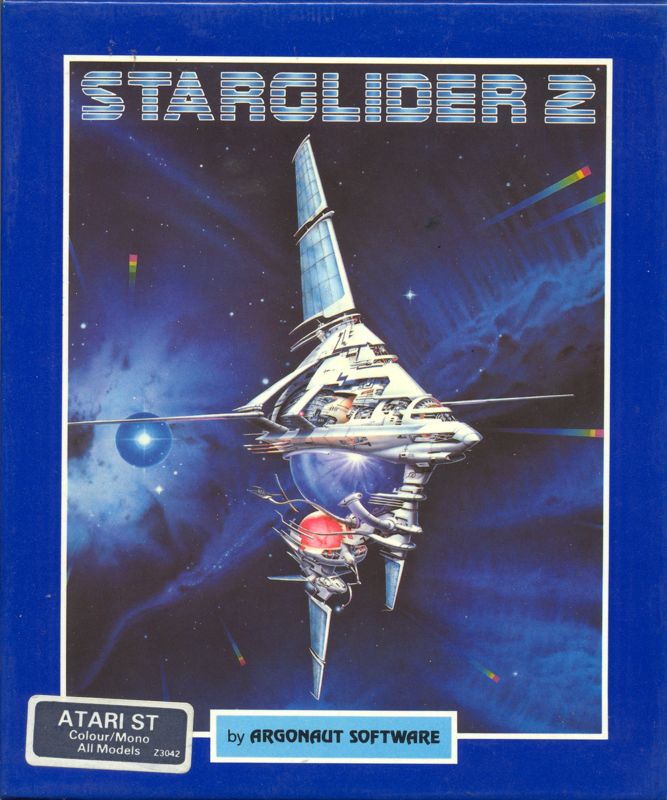
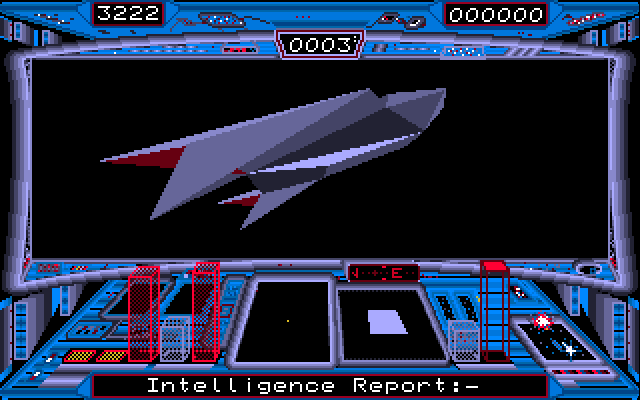
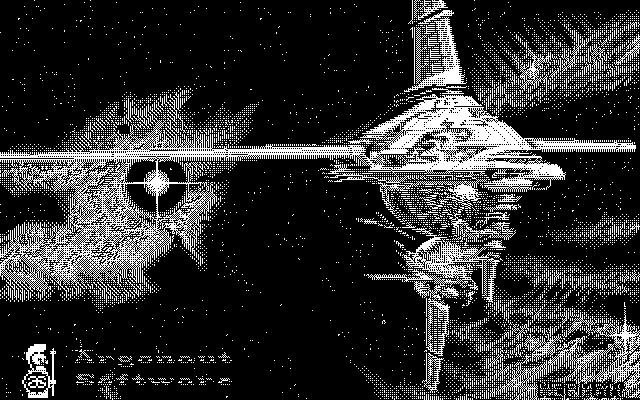
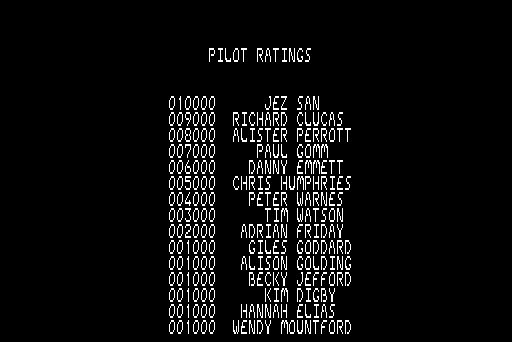
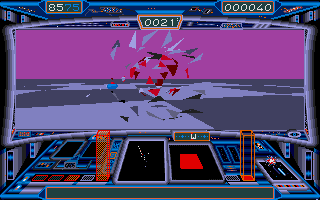
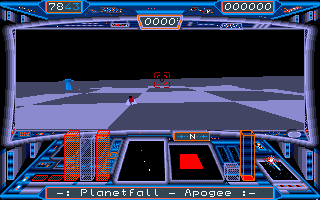



Reviews
There are no reviews yet.